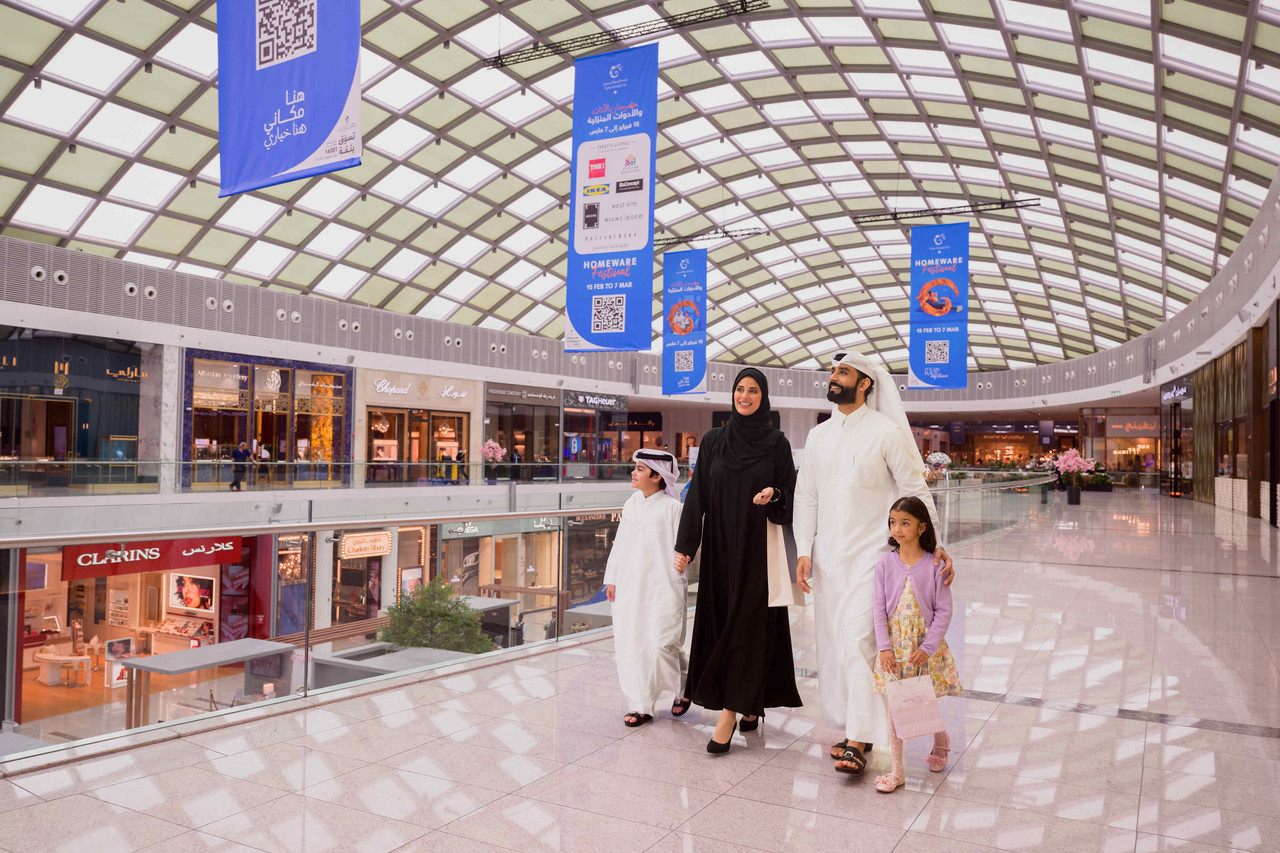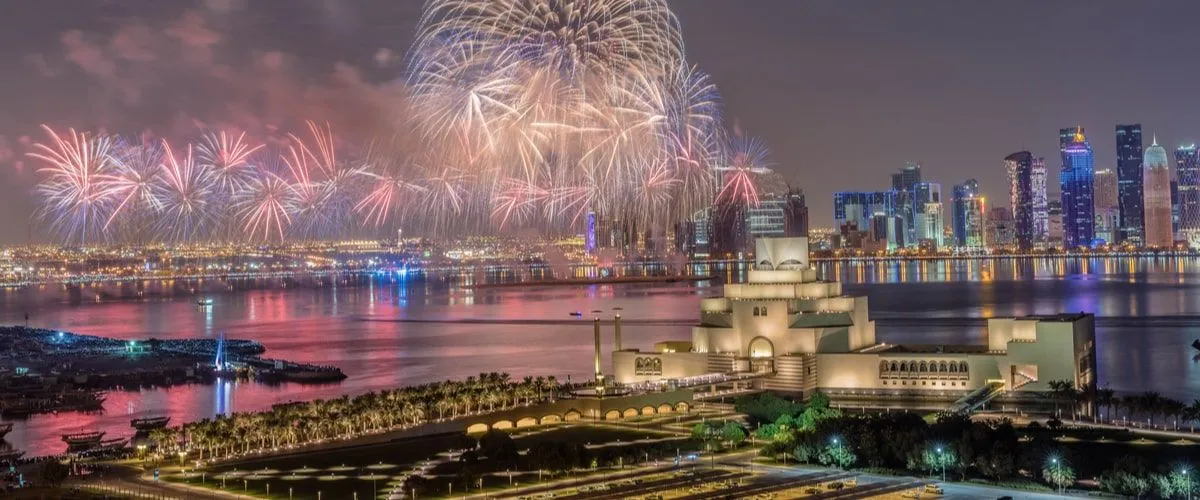By Doha News Team
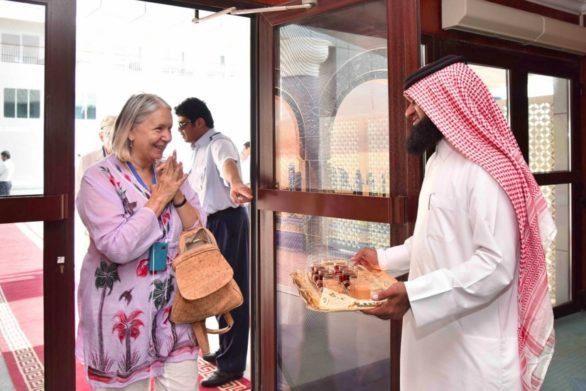
Qatar will build new eco lodges, desert adventure resorts, nature reserves and heritage boutique hotels to attract millions of visitors in the coming five years, officials have announced.
The goal is to have tourism contribute QR41.3 billion directly to the country’s coffers — or about 3.8 percent of Qatar’s GDP — by 2023.
The target was announced yesterday. It comes amid an ongoing boycott led by neighboring Saudi Arabia, whose citizens accounted for one-third of the 2.9 million visitors to Qatar last year.
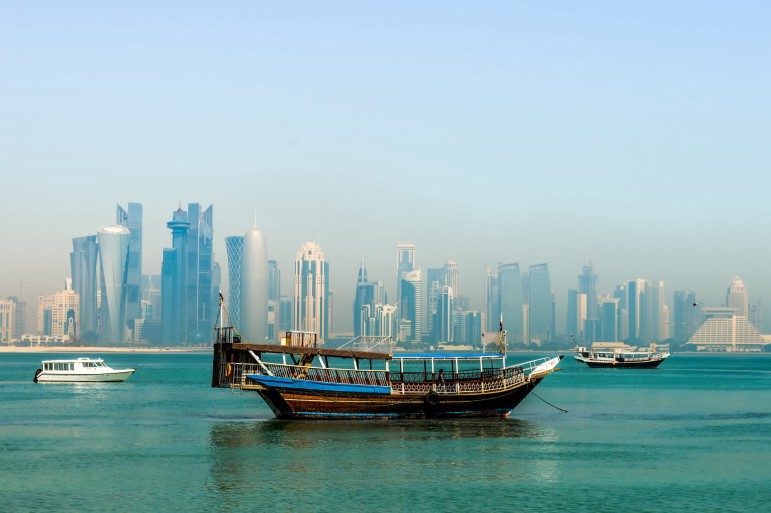
Cognizant of its dependence on Gulf tourists, officials said they hope to double the number of visitors to 5.6 million by 2023 through “diversification.”
This means wooing more people from populous nations like Russia, China and India, said Hassan Al Ibrahim, chief tourism development officer at Qatar Tourism Authority (QTA).
The QTA opened three offices in China — in Beijing, Shanghai and Guangzhou — earlier this month.
Plans are also afoot to set up new offices in India and Russia to market Qatar, Al Ibrahim said.
He added that in the coming year, the QTA will be replaced with a new body — the National Tourism Council. It will report to a board chaired by the country’s Prime Minister.
Six zones
As part of its new plan, Qatar will bill itself as “a hub to discover.”
New destinations and events will focus on the country’s culture and heritage, with emphasis placed on family entertainment, sport and leisure.
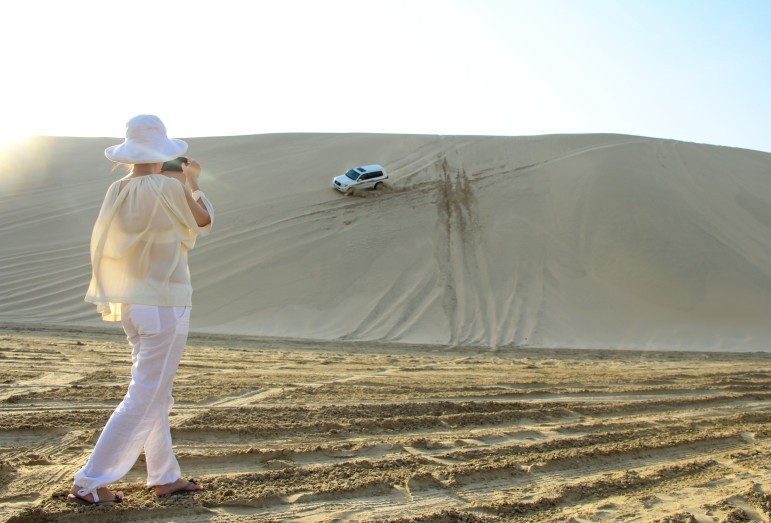
One aim to have 67 percent of all tourists by 2023 in town for leisure purposes. Qatar will also further develop its appeal as a destination for business tourism, for people who come for conferences and trade expos.
To accomplish its goals, the country will be divided into six regional zones, each with a particular tourism focus:
- Doha will be a center of cultural tourism, with several, as yet unnamed new projects planned;
- Al Khor and Al Thakira to the northwest will promote eco-tourism;
- Zubarah and Ras Brouq at the northern tip of the peninsula will emphasize heritage projects;
- New resorts in Dukhan will focus on relaxation and wellness;
- The southwestern areas of Al Mashahiya and Al Eraiq are planned to have nature reserves, providing tourists with typical desert and hunting experiences; and
- Camping and adventure will be the theme of resorts at Al Udeid and Sealine, in the southeast of the country.
“We want to increase awareness to the world of what Qatar offers as a tourism destination,” Al Ibrahim said.
Luxury lodges and heritage hotels
One part of the tourism strategy entails creating heritage boutique hotels through the renovation of abandoned fishing villages on Qatar’s northern coast.
A picturesque fishing boat harbor and small souqs are also planned.
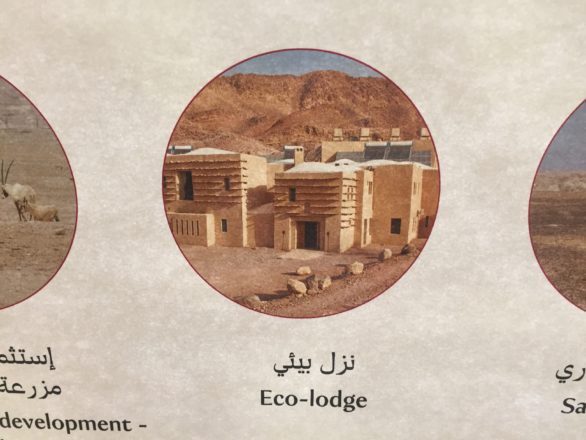
Visitors there would be able to partake in surfing and gliding, free diving, traditional diving from fishing boats, hot air ballooning, hunting and camel riding trips.
Luxury “low environmental impact eco-lodges” are also planned for Bin Ghannam island, northeast of Doha.

There, boat tours amid the mangroves and safari trips to observe native wild animals would be offered.
Meanwhile at Al Uraiq and Mashabiya on the southwestern coast, new resorts will focus on habitat conservation and wildlife protection.
In additional to the Salwa resort, which is already under construction, there will be a new Mashabiya resort.
A model of the plans for this was on display, showing a low-level resort tucked into the desert.
It will provide activities including a camel training center, shooting range, museum and education center in addition to swimming pools and restaurants.

Public and private organizations will be expected to collaborate to develop new products and services and there will be a concerted effort to improve the overall visitor experience in Qatar, Al Ibrahim added.
More festivals are also planned, such as the summer festival that brought in QR630 million last year. Additionally, new year-round family events are in the works.
Details of these have yet to be revealed.
Boosting occupancy
Qatar also has plans to boost hotel occupancy, which has fallen recently due to the surge in hotel construction ahead of the World Cup.
Occupancy fell 4 percent to 66 percent in the first quarter of this year, before the blockade began. By June, it stood at 62 percent.
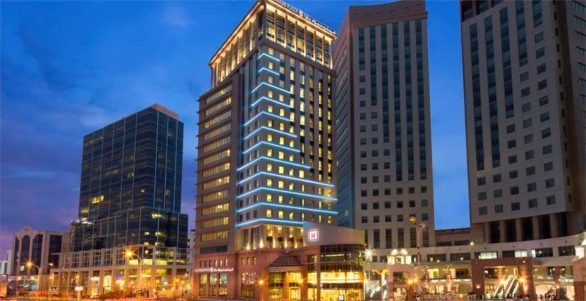
The new plan aims to raise this to 72 percent by 2023.
“Yes, the occupancy rate has dropped. This was expected as the number of hotels under construction has increased year-on-year. This is a normal phenomenon, especially prior to major events in any destination,” Al Ibrahim said.
The official remained positive that visitor number targets would be met, even if the blockade continues beyond the short term.
“I believe that with the new strategy and expediting diversification and getting into new (tourism) markets, we can make up for the loss of the regional market we made in the last few months,” he added.
Diversifying
Even before the Gulf crisis hit, tourism numbers from other GCC countries fell 4 percent, according to QTA figures from the first half of this year.
Qatar’s tourism sector has previously relied heavily on visitors from Gulf countries. Last year, they accounted for 45 percent of the country’s 2.9 million visitors.
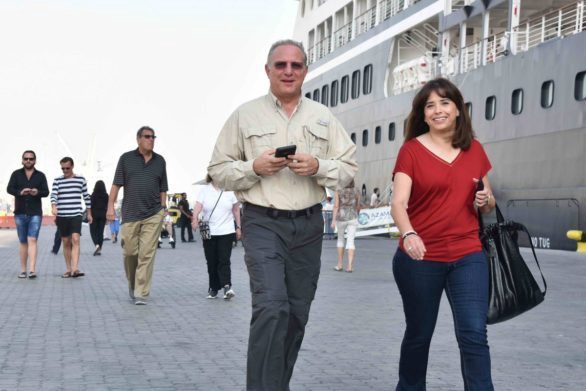
However, Qatar is increasingly appealing to visitors from Europe and the Americas. In the first half of this year, the number of tourists from these countries increased by 10 and 7 percent respectively compared to the same period last year.
People traveling from non-Arab Asian countries were the next largest group of visitors. They saw a 4 percent increase to 352,469 from January to June 2017.
Looking ahead
Once established, the National Tourism Council will focus on strategic planning, attracting investment and regulation.
There will also be three new organizations that will develop resorts and tourist experiences, market these internationally and bring in more business events.
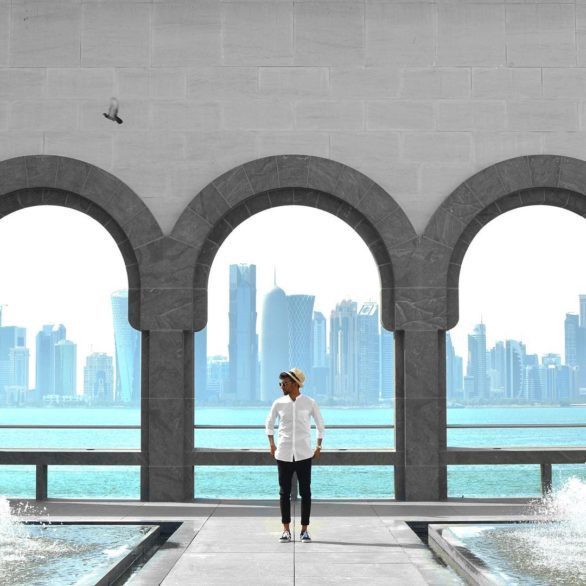
If met, these targets will put Qatar on the way to reaching its previously announced goal of attracting more than 7 million visitors a year to the country by 2030.
Thoughts?

